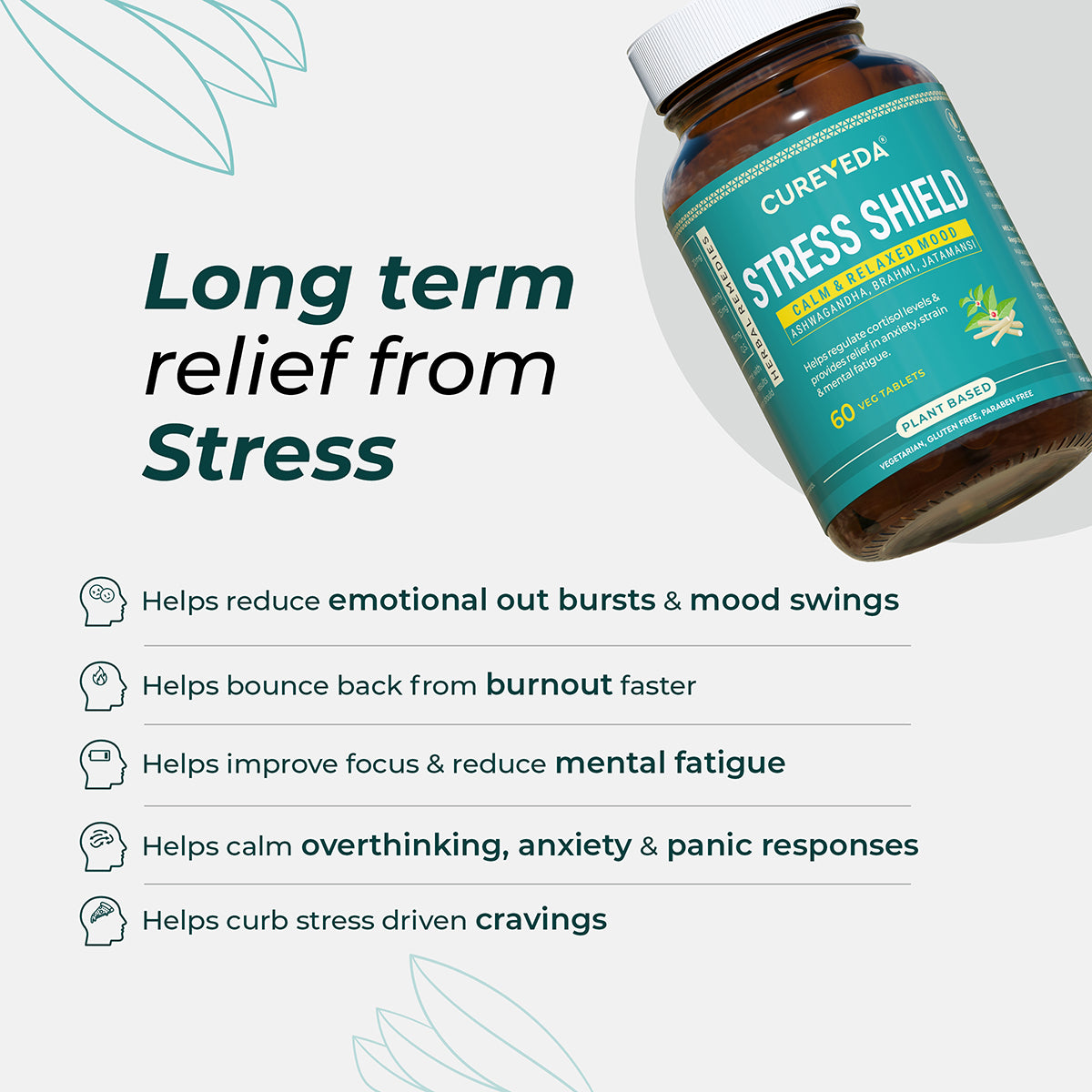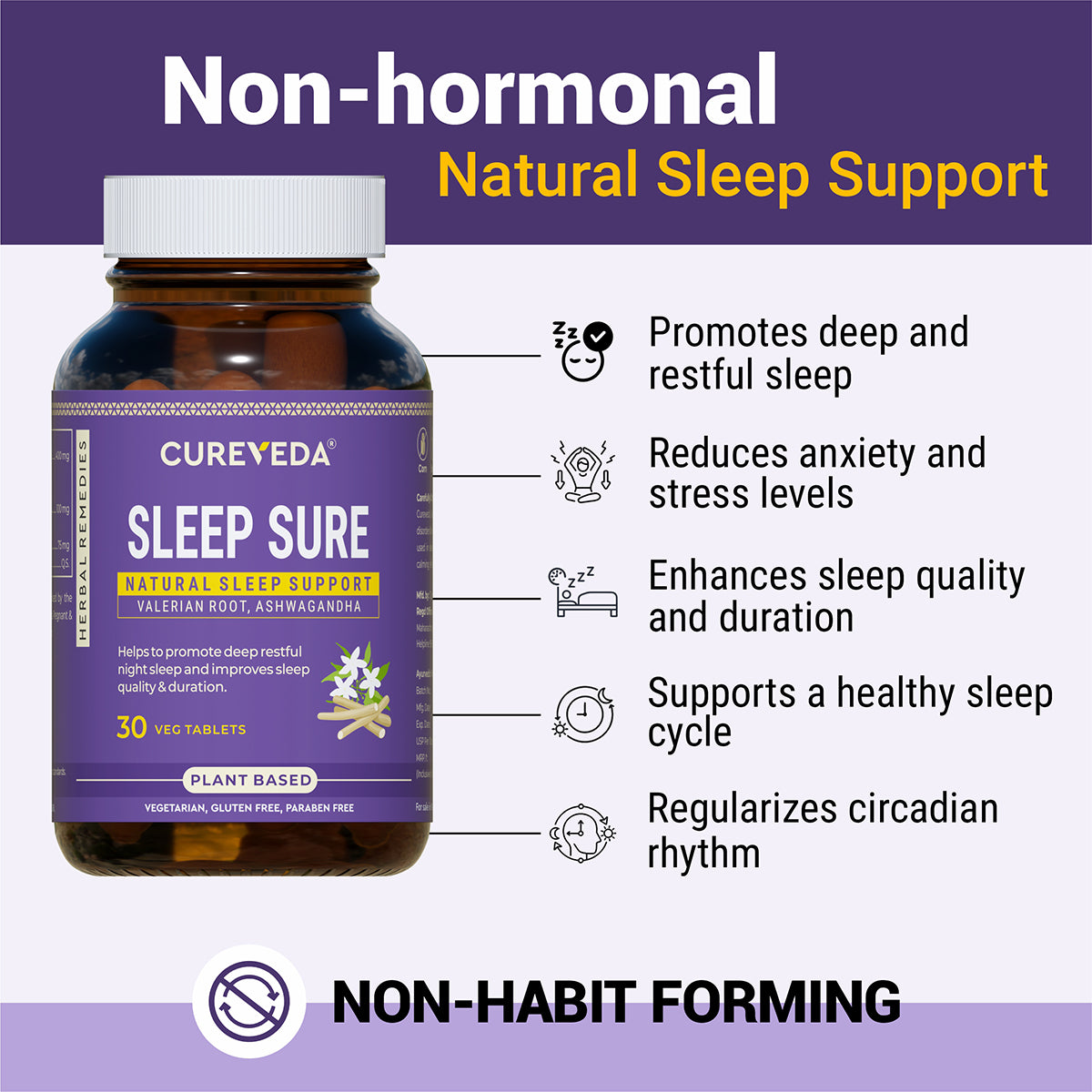Article: Parkinson's Disease | Kampavata Treatment | Parkinson's Supplements
Parkinson's Disease | Kampavata Treatment | Parkinson's Supplements
Parkinson's Disease (Kampavata): Care by Ayurveda
"Parkinson’s is my toughest fight. No, it doesn’t hurt. It’s hard to explain. I’m being tested to see if I’ll keep praying, to see if I’ll keep my faith. God tests all great people." — Muhammad Ali
Ayurveda, the ancient science of life, deals with the physical, mental, and spiritual well-being of mankind. It aims to preserve healthy individuals' health and cure patients' diseases. Kampavata (Parkinson's disease) is a progressive neurodegenerative disorder that typically begins in the second half of life. It is characterized by slowly progressive akinesia, rigidity, postural abnormality, and tremor. Due to its debilitating nature and the lack of curative treatment, Parkinsonism remains a significant problem in aging societies. Home treatment can be helpful early on in Kampavata when the disease has not yet significantly disrupted life or after substantial relief has been obtained from treatment. Modifying diet, and activities, and simplifying day-to-day tasks can provide benefits at all stages of the disease when done regularly.
Managing Parkinson's Disease: An Integrated Approach
Parkinson's disease, known as Kampavata in Ayurveda, is a progressive neurodegenerative condition. While a definitive cure remains elusive, a holistic management strategy combining conventional medical treatments with complementary therapies can significantly enhance the quality of life for individuals with this condition.
Complementary and Natural Therapies
Many individuals explore natural remedies and supplements to manage the symptoms of Parkinson's. These can include Ayurvedic herbs and formulations aimed at balancing the body's systems. It is crucial, however, that the use of any supplements is discussed with a healthcare professional to ensure they do not interfere with conventional medications.
The Role of Diet and Nutrition
Dietary modifications are a cornerstone of managing Parkinson's. A diet rich in antioxidants, vitamins, and minerals can support overall brain health. Emphasizing fresh fruits, vegetables, and whole grains while ensuring adequate hydration may help alleviate some symptoms and improve general well-being.
Signs & Symptoms:
According to Ayurvedic literature, the key symptoms of Kampavata include:
- Kampa (Tremor)
- Sthambha (Rigidity)
- Chestasanga (Slowness of Movement)
- Vak Vikriti (Speech Disorder)
- Avanamana (Flexion Posture)
- Kshinamati (Dementia)
- Smritihani (Loss of Memory)
- Vivandha (Constipation)
Tremors can occur in various parts of the body, such as Shirkampa (tremor in the head), Hastakampa (tremor in the hands), and Padakampa (tremor in the legs).
Diagnosis:
Diagnosis is primarily based on signs and symptoms. Resting tremors (tremors that occur when the body is at rest) along with rigidity, loss of facial expression, or gait abnormalities strongly suggest Parkinson's disease. Since only 70% of patients exhibit tremors, the remaining 30% are more difficult to diagnose. This condition may be confused with other causes of tremors, depression, and gait abnormalities.
Management:
There is no specific description of Kampavata treatment in the Ayurvedic samhitas, so the general Ayurvedic treatment of vatavyadhi (disorders caused by Vata) is considered applicable. All major Ayurvedic texts outline the treatment of diseases due to Vata provocation.
- Snehana (Oleation Therapy):
- Oleation involves the external and internal intake of medicated oils, ghee, vasa, and majja. External oleation is done by abhyanga (massage) with medicated oils, while internal medication involves the intake of medicated oil, ghee, vasa, and majja. Effective oils for Abhyanga include Balataila, Laghuvishagarbha taila, Mahavishagarbha taila, Narayan taila, Prasarini taila, Tilataila, Ksheerabala tailam, and Mahamasha tailam.
- Swedana (Fomentation Therapy):
- Swedana involves inducing sweating, typically after Abhyanga or Snehana. When the patient is well-oleated, they should undergo Svedana treatment. Post-oil abhyanga, the patient may receive suitable types of Sveda such as Nadi Sveda, Prastara Sveda, or Samkara Sveda, using unctuous articles.
- Basti Chikitsa (Enema Therapy):
- Basti is considered the best treatment for vitiated Vayu, the chief cause of Kampavata. Basti helps control Vayu, bringing body elements into rhythm and equilibrium, strengthening joints and soft tissues, rejuvenating health, aiding fast healing, and preventing recurrence. There are two types of Basti:
- Asthapana Basti (Kashaya Basti): Herbal decoctions or milk (ksheera Basti) processed with decoctions are given as enemas. Effective Asthapana Basti for Parkinson's includes Erandamuladi Kashaya Basti, Dashamula Kashaya Basti, Dashamula Ksheera Basti, Raja Yapana Basti, and Mustadi Yapana Basti.
- Sneha/Anuvasana Basti: Medicated oils or ghee are used for enemas. Additional oral medications are employed for better results.
- Single Drugs:
- Ashwagandha, Kakoli, Ksheerakakoli, Brahmi, Mandukaparni, Shankapushpi, Vidari, Jivanti, Punarnava, Guduchi, Amalaki, Pippali, Shatavari, Shilajit, and Yashtimadhu.
- Compound Formulations:
- Asava/Arishtam: Dashamularishtam, Balarishtam, Saraswatharishtam, Ashwagandharishtam, Punarnavasavam, and Draksharishtam.
- Gulika (Tablets): Yogaraja Guggulu, Mahayogaraja Guggulu, Trayodashanga Guggulu, Panchatikta Ghrita Guggulu, Brahmi Bati, Smritisagar Rasa, Vatakulantaka Ras, Vatagajankush Ras, Brihatvatachintamani Ras, Mahavata-vidhwans Ras, Chaturbhuja Ras, and Tapyadi Loha.
- Rasayana Medicines: Vanari Kalpa, Vajikara Rasayanam, Ashwagandha Rasayanam, Ajamamsa Rasayanam, Drakshadi Rasayanam/Drakshadi Leham, Kushmanda Rasayanam, Chyavanaprasham, and Dashamula Haritaki.
Other Measures:
- Education: Educate the patient and their family about the disease, its management, and progression.
- Support: Utilize support organizations like the American Parkinson’s Disease Association, National Parkinson’s Foundation, and local hospitals.
- Exercise: Exercise is crucial for medical and psychological well-being, improving health and functionality, and positively impacting mood and energy levels. Continuation is essential for maintaining gains from physical therapy.
Ten Basic Exercises for Parkinson's Patients:
- Lift your toes with every step to prevent freezing.
- Spread your legs (10 inches) when walking or turning for better stability.
- Use small steps with feet widely separated for greater safety when turning.
- Practice walking into tight corners to overcome fear of close spaces.
- Practice rapid body movements in all directions for balance.
- Lift toes to eliminate muscle spasm when legs feel frozen.
- Swing arms freely when walking to reduce leg fatigue.
- Rise quickly from a chair and sit down slowly to counteract gravity.
- Carry a weighted bag in the opposite hand if the body lists to one side.
- Practice difficult tasks frequently to make them easier.
Nutrition:
Patients with Parkinson’s disease often experience muscle loss and weight loss. They should be instructed to eat a healthy diet and take multiple vitamins with calcium if needed.
Yoga and Meditation:
Yoga and meditation help build resistance and immunity and regulate the central nervous system.
Note: Ayurvedic medicines and treatments should be taken under the supervision of a qualified Ayurvedic doctor/physician. The drugs described are for general information/educational purposes only and should not be used without consulting a qualified Ayurvedic doctor/physician.
FAQs on Parkinson’s Disease and Cureveda Immunity Supplements
1. What is the best supplement for Parkinson’s?
While no supplement cures Parkinson’s, Cureveda’s Immunity Elixir may support overall health due to its antioxidant-rich herbs like turmeric and giloy, which combat oxidative stress linked to Parkinson’s progression. Its anti-inflammatory properties may help reduce neuroinflammation, potentially easing symptoms. Always consult a doctor before use.
2. What is the miracle drug for Parkinson’s?
No “miracle drug” exists for Parkinson’s, and Cureveda products are supplements, not drugs. However, Immunity Elixir may complement medical treatments by supporting immunity and reducing inflammation with herbs like ashwagandha, which may promote neurological health. Consult a healthcare provider for integrated care.
3. Which fruit is best for Parkinson’s?
Berries (blueberries, strawberries) are best for Parkinson’s due to their high antioxidant content, which may protect dopaminergic neurons. Pairing them with Cureveda’s Immunity Elixir, rich in turmeric, can enhance anti-inflammatory benefits, supporting brain health.
4. What is the best drink for Parkinson’s?
Green tea, high in antioxidants like polyphenols, may support brain health in Parkinson’s. Combining it with Cureveda’s Immunity Elixir, which contains giloy and turmeric, can provide additional anti-inflammatory and immune-boosting benefits. Avoid excessive caffeine and consult a doctor.
5. Can I cure my Parkinson’s disease?
Parkinson’s has no known cure, but symptoms can be managed. Cureveda’s Immunity Elixir may help by reducing inflammation and oxidative stress with herbs like ashwagandha and turmeric. Always work with a healthcare provider to combine supplements with prescribed treatments for optimal symptom management.
6. What are the best supplements for Parkinson’s disease?
Cureveda’s Immunity Elixir stands out for its blend of turmeric, giloy, and ashwagandha, which may reduce neuroinflammation and support immunity. These herbs offer antioxidant properties that could help manage Parkinson’s symptoms, but consult a doctor to ensure compatibility with medications.
7. Which vitamins should be avoided with Parkinson’s?
High doses of vitamin B6 (>15 mg/day) may interfere with levodopa absorption, reducing its effectiveness. Cureveda’s Immunity Elixir focuses on herbs, not vitamins, making it a safer option, but always confirm with a healthcare provider to avoid interactions with Parkinson’s medications.
8. What are natural dopamine supplements for Parkinson’s disease?
While no supplement directly boosts dopamine, Cureveda’s Immunity Elixir contains ashwagandha, which may support neurological health and reduce stress, indirectly aiding dopamine function. Foods like bananas or mucuna pruriens (not in Cureveda products) may also help, but require medical supervision.
9. What supplements help with Parkinson’s side effects?
Cureveda’s Immunity Elixir, with turmeric and giloy, may help reduce inflammation and oxidative stress, potentially easing side effects like fatigue or stiffness. Its adaptogenic herbs like ashwagandha may also support mood and energy. Consult a doctor for tailored advice.
10. What supplements help with Parkinson’s tremors?
No supplement directly targets tremors, but Cureveda’s Immunity Elixir may support neurological health with its anti-inflammatory herbs (turmeric, ashwagandha), potentially reducing symptom severity. Combining with a balanced diet and medical treatments is essential for tremor management.
11. What is the best multivitamin for Parkinson’s?
Cureveda does not offer multivitamins, but Immunity Elixir provides antioxidant and anti-inflammatory benefits through herbs like turmeric and giloy, supporting overall health in Parkinson’s. Avoid high-dose B6 in multivitamins, as it may interfere with levodopa. Consult a doctor for recommendations.
12. What are natural supplements for Parkinson’s patients?
Cureveda’s Immunity Elixir, with ashwagandha, turmeric, and giloy, offers natural support by reducing inflammation and oxidative stress, which may help manage Parkinson’s symptoms. A diet rich in antioxidants (berries, nuts) and regular medical consultation enhance its benefits.
Reviewed By: Dr. Imlikumba
Published: February 14, 2024



 Shop All Products
Shop All Products




